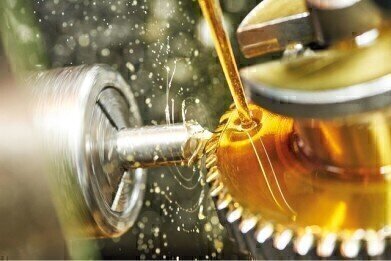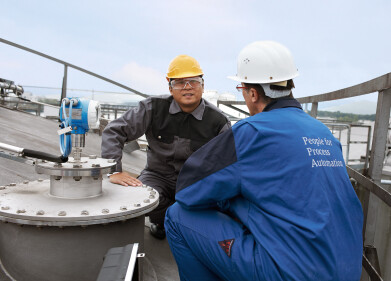Analytical Instrumentation
What Goes into Spark Ignition Fuels?
May 16 2019
A spark ignition (SI) engine is one of the main types of internal combustion engine used by vehicles all over the world. Also known as a petrol engine in the UK and a gas engine in the USA, an SI engine works through the ignition of a spark plug inside the combustion chamber of the engine itself, which sets in motion the combustion process of the fuel needed to power the car.
In this respect, an SI engine differs to its main competitor, a compression ignition (CI) engine, also known as a diesel engine. In CI engines, the compression of air and fuel in the combustion chamber is adequate to create combustion without the input of any external ignition spark.
There are a wide variety of different kinds of fuel which can be used in an SI engine other than petrol. These can include compressed natural gas (CNG), liquefied petroleum gas (LPG), bioethanol, ethanol, hydrogen, methane and, in certain extreme scenarios such as drag racing, nitromethane. However, petrol remains the most common and most popular SI fuel on the market.
SI fuel additives
In general, petrol is regarded as producing fewer environmentally damaging emissions than diesel, which is one reason why SI engines enjoy an advantage over CI engines in terms of popularity. However, the practice of adding other chemicals to an SI fuel source has been around almost as long as automobile transport has itself.
These additives are often included in the fuel makeup to improve performance and bolster safety. Some of the benefits of these kinds of additives include enhanced engine function, protection against general wear and tear of the engine’s components and a boost in efficiency through the recovery of waste energy.
Fuel additives can include all of those fuel alternatives mentioned above, mixed in with petrol in differing concentrations, as well as a whole host of other chemicals and hydrocarbons. These include (but are not limited to) alcohols, ethers, antioxidants, antiknock agents, lead scavengers, fuel dyes and various kinds of detergents.
Characterising SI fuel compositions
Some of the additives that have been historically used have since been found to be harmful to both human and environmental health and have, as a result, been banned in several countries. As a result, a precise measurement of the bulk composition of the various hydrocarbon groups and other individual compounds found in SI fuel is a key task for any manufacturer, not only in order to guarantee quality control, but also to comply with national and international legislation.
While PIONA has long been established as the preferred method of characterising the hydrocarbon groups found in petroleum streams, the technique can be incredibly expensive and overly complex, often without producing conclusive or reliable results. Fortunately, the VUV Fuels Analyzer is a new technology that provides an efficient, automated and above all accurate breakdown of all compounds found within an SI fuel.
To learn more, sign up for the upcoming The Current Status of ASTM D8071 and its Compliance with Alternative Methods for Spark Ignition e-learning webinar, which promises to provide information on the regulations surrounding SI fuel characterisation and the benefits offered by this new innovative new technique.
Digital Edition
PIN 25.1 Feb/March
March 2024
In This Edition Safety - The technology behind the ION Science Tiger XT - Safety with ammonia and LOHCs as hydrogen carriers Analytical Instrumentation - Discussion on new tribology te...
View all digital editions
Events
Apr 22 2024 Hannover, Germany
Apr 22 2024 Marrakech, Morroco
Apr 22 2024 Muscat, Oman
Apr 22 2024 Rotterdam, Netherlands
Apr 23 2024 Singapore


















